The news had been circulating for a few weeks, and indeed the new Prime Ministerial Decree has expanded the podium of autonomous super-museums to include the Bargello Museums, the focus of our new interview with director Paola D’Agostino. An advancement to the first tier shared with the Galleria dell’Accademia(with which we had started our inquiry), to which they are merged. If you will, a half promotion then. Certainly promoted in the round comes out, unexpectedly, the Franceschini Reform: the seventeen new museums with special autonomy that are added to the existing 44 are confirmation of the goodness of the new course imparted to the Ministry as of 2014, which comes from a government of a different political color, after having suffered for almost two lustrums the friendly fire of criticism.
With the director, “in the odor of promotion,” we tried to better mark the difference between a general and non-general management level museum. Although the only certain things remain that a first-rank director earns twice as much as his “non-general” colleague and that the former also enjoys a direct relationship with the minister. That is, a technician who takes orders directly from a politician. So once in a while instead of Article 9 of the Constitution, we are reminded of another article of the Charter, Article 97 with the principles of “good performance” and “impartiality of the administration,” which can be observed only by ensuring the separation between the function of political direction and administrative management tasks. D’Agostino, however, overcomes more or less divisive arrangements with a spirit of synthesis and traces the meaning of the reform initiated in 2014 back to a unified goal: “to strengthen our singular museum system throughout the country.” The interview reveals the fundamental, almost supplementary role of the lacking staff offered by the co-governance bodies (Board of Directors, Board of Auditors and Scientific Committee) at the delicate moment of the start of the autonomous management of the five institutes that make up the grouping: the National Museum of the Bargello, the lead institution, the Museum of the Medici Chapels, the Orsanmichele complex, the Museum of Palazzo Davanzati and that of Casa Martelli. The new experience has been an opportunity to decline managerial skills, even before that for enhancement projects, which also include level-headed collaborations with the Staatliche Museen in Berlin and Victoria and Albert Museum in London, for projects to secure monumental buildings and rearrange the collections, with those of Palazzo Davanzati at the head. And, again, excellent synergy with the Superintendency, which, which emerged in this as in previous interviews, shakes off another of the concerns that had accompanied the Reform in its early stages, that of an alleged clear separation between the respective fields of action between the two institutions. So that in closing D’Agostino can only promote with a high 9 his autonomist experience, which, at least for the Bargello Museums, ends next November 30.
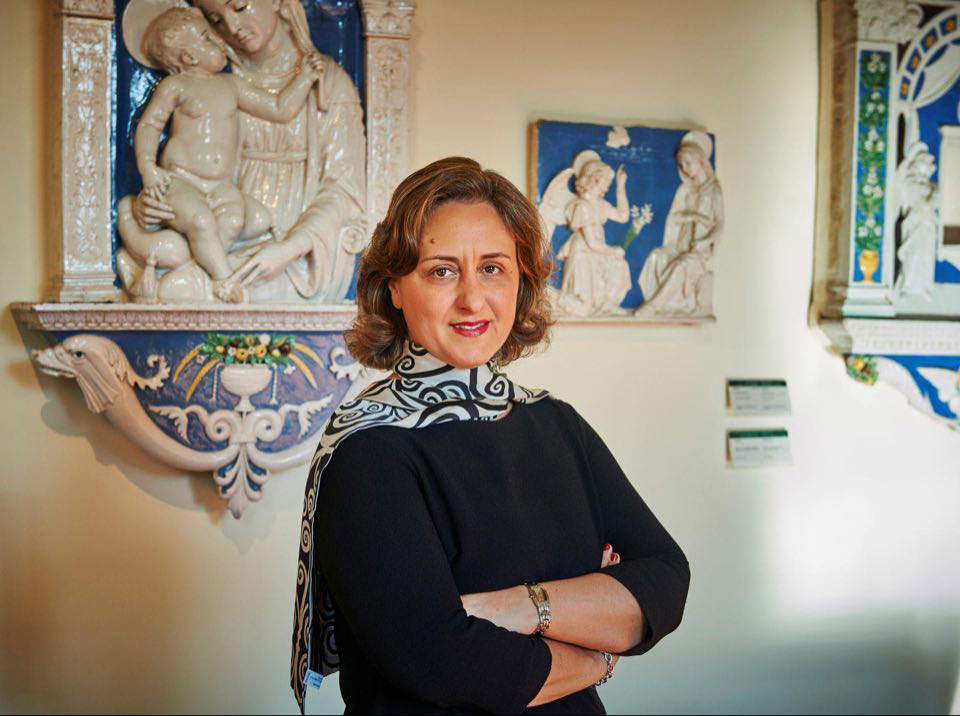
MS. There are two different degrees of autonomy: general and non-general management level museums. In what does the difference consist? What does it entail that the Bargello Museums are subject to the powers of direction, coordination and control of the Museums Directorate?
PD.First-tier Museums (General Executive Level Museums) have General Directors who are directly appointed by the Minister and answerable to him and the Secretary General, although they are also part of the National Museum System, coordinated by the General Directorate of Museums. Second-tier Directors (non-general management level Museums), like me, report to the Director General of Museums and have constraints that first-tier Museums do not have. To give an example, our spending capacity, budget management, opening hours and ticketing fees, after approval by the BoD, have to be submitted to the General Directorate of Museums for approval. Then there is a different economic remuneration between first- and second-rank directors. The 2014 reform included the Bargello Museums among those in the second tier, we will see, if in the new Ministry order announced by Minister Sangiuliano, there will also be a new arrangement for this museum group that has grown so much since 2015.
The Ministry remains to various degrees involved in the decision-making process. In your opinion, would it be appropriate or, on the contrary, deleterious to take a further step, granting full autonomy to these “special” institutes? Financial autonomy includes, in fact, the management of revenues flowing to its budget, but does not include personnel-related expenses, the allocation of which is attested to the central administration. Would the Institutes it directs be able to cover salaries as well?
I believe that the autonomous Museums should remain within the central organization of the Ministry that has personnel management. Instead, the staffing of each autonomous institute should be strengthened, within the increase of human resources of the entire Ministry of Culture, which needs diversified and specialized professionalism and skills, selected through regular competitions, at most every two years, to also allow many young people who are prepared to access a career within the Ministry. There are very few autonomous Italian institutes that could cover even staff salaries, no more than three or four, but the spirit and uniqueness of the reform introduced in 2014 is to strengthen our very unique museum system throughout the country. Italy is unique in the world in terms of the number of important,i Museums rooted in the territory and the wealth of collections: this uniqueness must also be supported economically.
Speaking of staff, is it understaffed? Would it be preferable for the director to indicate to the central administration the professional figures according to the technical-operational needs it has?
The Bargello Museums are understaffed, which is endemic of almost all offices in the Ministry of Culture, and in the first years of the implementation of the reform, together with the Board of Trustees, the Board of Auditors, the Scientific Committee, and the staff in service in the various Museums, we have worked very hard to reach the current situation of efficient accounting management, spending capacity, and cultural and works planning. Despite staff shortages, we have completed impressive extraordinary works on time in all five museums. I believe it is essential to increase the ability to really measure results and reward, including financially, those who work seriously and with dedication.
To what extent do the Bargello Museums participate in the Financial Rebalancing Fund among state institutes and places of culture?
Like all Museums endowed with special autonomy we pay 20 percent of ticketing revenues. In our case this percentage has steadily increased over the years. Last year we paid 361,831.38 euros, but we have to take into account that the first months were still affected by social distancing. This year we have, in fact, recorded as of May 31, 2023 an increase of 42.24% compared to the same date in 2022, despite the closure of Orsanmichele for refitting work that will end at the end of November. The Rebalancing Fund is then distributed to the different institutions by the General Directorate of Museums.
One of the main changes introduced for autonomous museums is their governance. Does the director-committee-scientific committee organization work at the management level, not in theory, but really in practice? How often do you convene the scientific committee? In an interview, then-DG Antonio Lampis observed that the members of these bodies often instead of “supporting the director often ’paralyze’ his activity through personalism.” If you agree with this observation, what could be the alternative?
In the case of the Bargello Museums, the organization works excellently and we have worked a lot and in harmony with the Board and the Scientific Committee, both with the members appointed in 2016 and those appointed in 2021. Even with the Board of Auditors there has been constant and fruitful discussion with both the 2016 and 2021 members. I meet with the Scientific Committee at least four times a year, but having initiated important works of refitting, securing, and accessibility in all the monumental buildings of the group, which, it is worth remembering, includes in addition to the Bargello National Museum, the lead institution, the Museo delle Cappelle Medicee, the Orsanmichele complex, the Palazzo Davanzati Museum, and the Casa Martelli Museum, there have been even more frequent meetings.
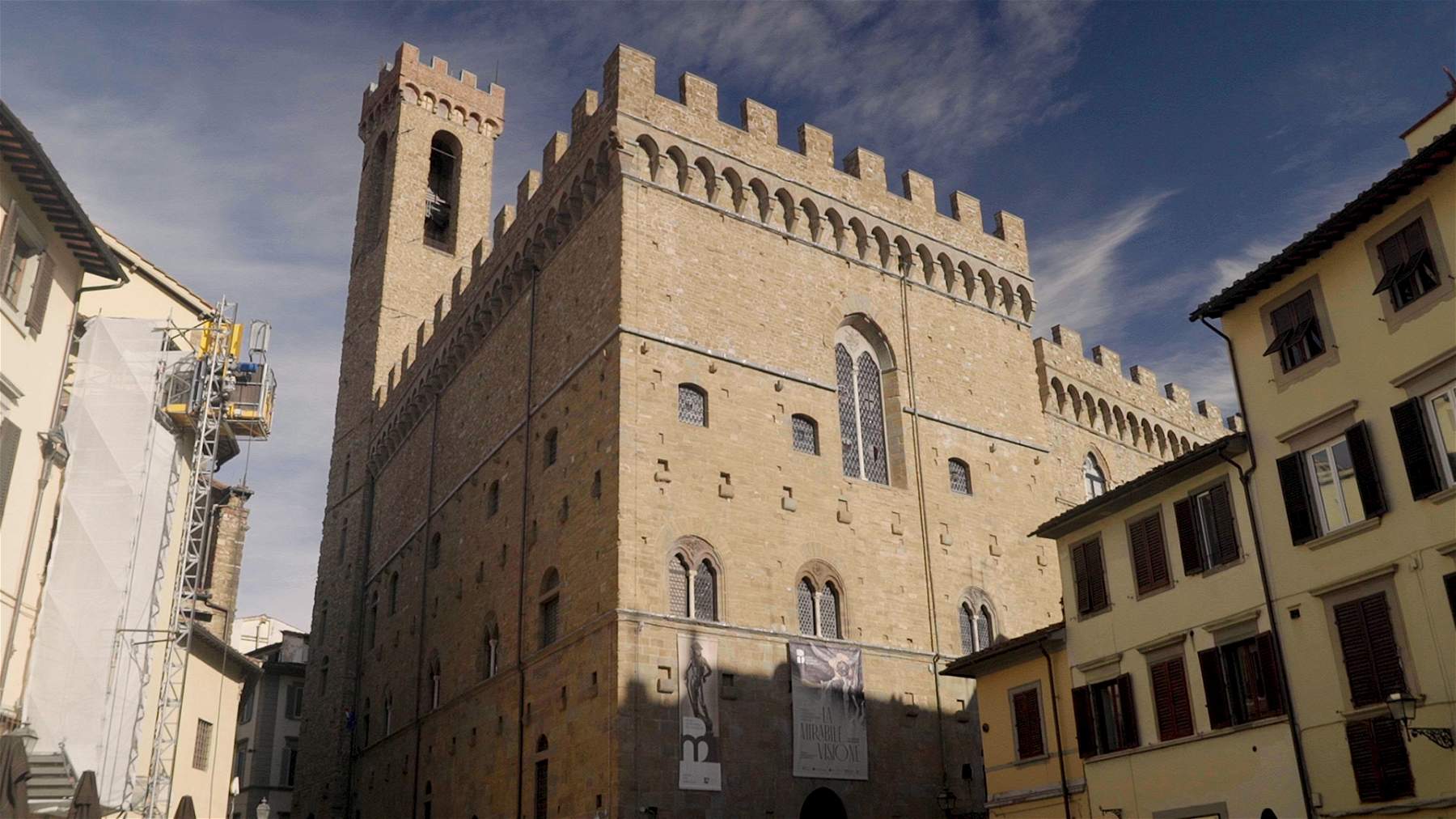
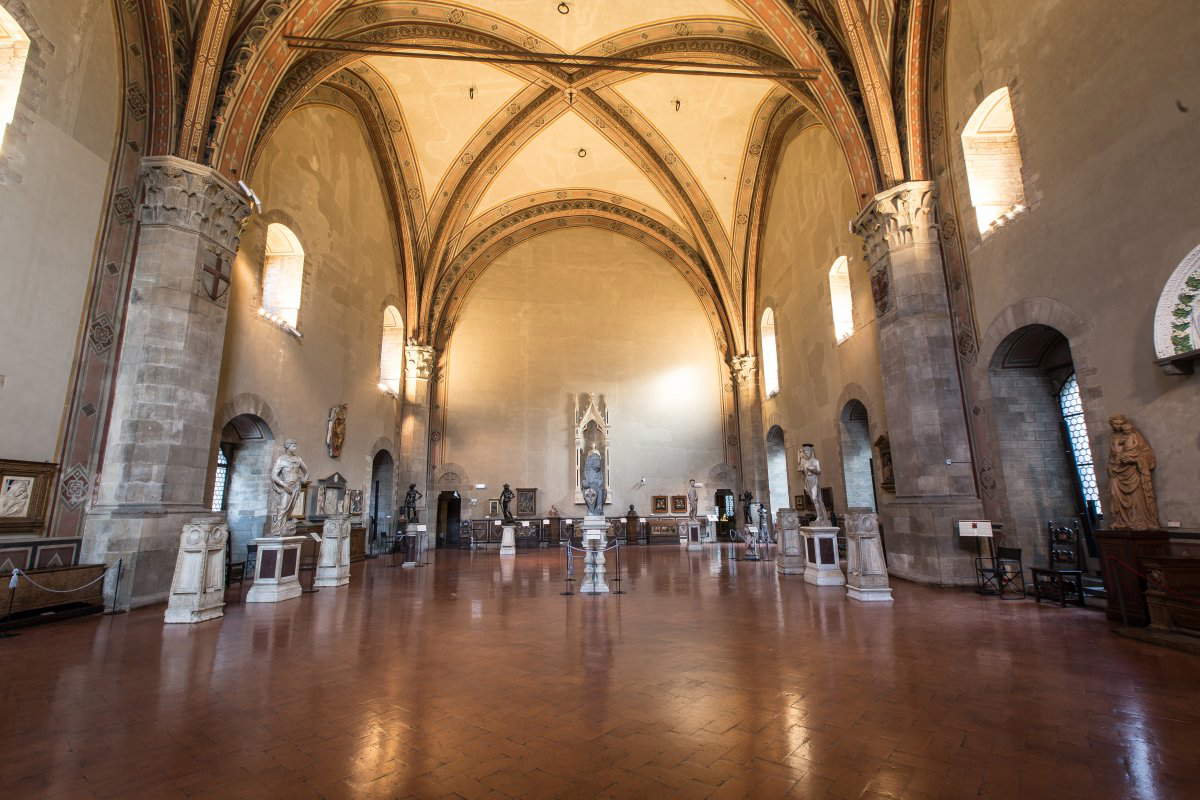
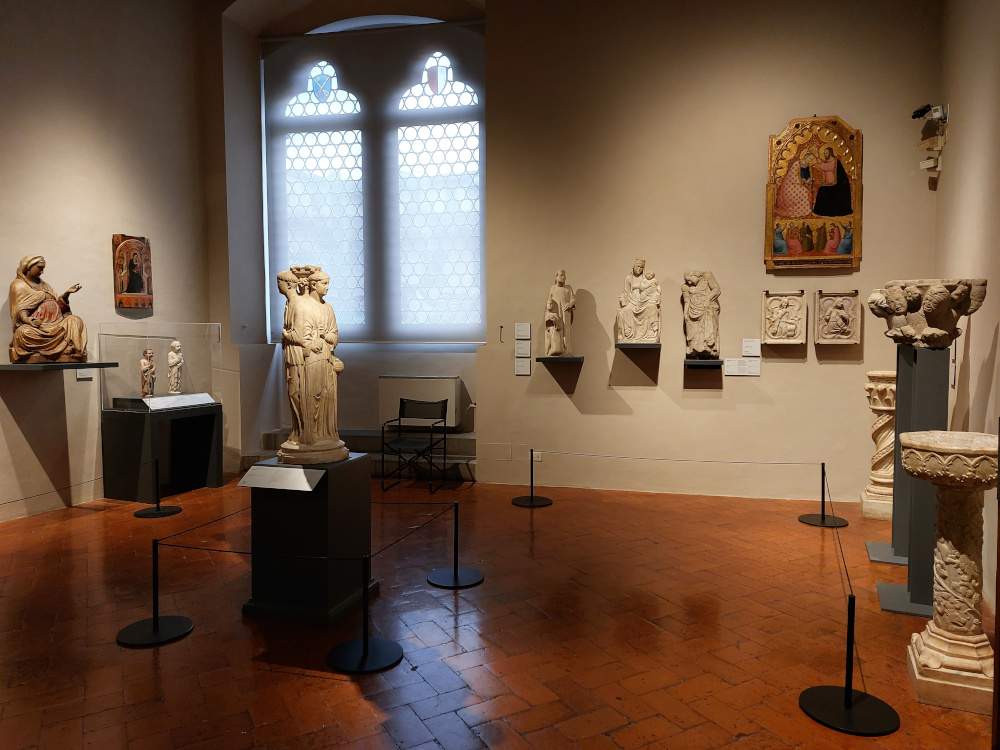
Moving on to scientific autonomy: can you tell us about your research activities and your enhancement plan? Is it connoted by a distinctive feature?
Since the first year of my term, we have been working on the creation of the museum group, developing a new visual identity and a common cultural and communication project. Thanks to extraordinary funding from the Ministry with the GPBCs (Great Projects for Cultural Heritage), but also to increased ticket revenue, we have carried out projects to secure and improve monumental buildings, works of art themselves in the urban fabric of Florence, and to rearrange the collections in the different museums. We developed programs for different audiences, focusing not only on quantity but also on the quality of the visiting experience. We have focused on the securing, protection, restoration and accessibility, of an extraordinary monumental architectural heritage, which marks the urban development of Florence from the 14th to the 18th century, with major construction sites, completed on schedule: from the restoration and securing of the Palazzo del Bargello, to the ongoing work in Orsanmichele, to the various construction sites in the Medici Chapel Museum that are drawing to a close. New and versatile lighting has been implemented that follows the most modern lighting criteria in both the Princes’ Chapels and Michelangelo’s New Sacristy. In collaboration with the Opificio delle Pietre Dure we restored and did diagnostic investigations in the part of Paradise frescoed by Giotto and workshop by 1337, in the Palazzo del Bargello. In September 2022, we inaugurated the new refurbishment of Palazzo Davanzati, which has attracted so much interest in Italy and abroad. After completing in 2021, the refitting of the Hall of Ivories and Religious Goldsmiths at the Bargello, we are working on the refitting of the Islamic Hall, the Hall of Majolica, the Medagliere and the Hall of Baroque Sculpture. By the end of the year, the rearrangement and restoration of the Orsanmichele complex should be completed, and work has also begun on the Casa Martelli Museum, which will be completed in April 2024. In parallel with the enhancement and modernization of the permanent collections, which has been a priority for me, since 2017 we have developed a program of exhibitions of great international significance, both at the Bargello and at Palazzo Davanzati: From the Factory of Beauty. La manifattura Ginori e il suo popolo di statues in 2017 at the Bargello, to Bellezze e nobili ornamenti nella moda e nell’arredo del Seicento at Palazzo Davanzati in 2020, to the two exhibitions organized and realized at the Bargello on the occasion of the celebrations of the seventh centenary of Dante Alighieri’s birth, to Donatello. The Renaissance of 2022, organized together with the Palazzo Strozzi Foundation and in collaboration with the Staatliche Museen in Berlin and the V&A in London, which, in the Florentine edition, received national and international recognition up to the prestigious Apollo Award 2022 as the best exhibition of the year. Distinctive features of these initiatives, in addition to major scholarly projects, have been the collaboration of internal museum curators with Italian and foreign scholars, and an intensive fundraising campaign, which has seen a fruitful collaboration between the public and private sectors. For example, we have made much use of the Art Bonus tool to receive donations aimed at the realization of projects and programs related to exhibitions, which have been co-financed by the Fondazione CR Firenze, Manifattura Ginori, and Marchesi Antinori, just to name a few. We have initiated planned maintenance of the works of art in the various museums, as well as a program of scientific cataloguing of the collections, both by art historian officials and in collaboration with specialists in the various fields, with university professors and young researchers who have won calls for research grants.
Have you planned any citizen retention initiatives? If so, which ones? How do the Bargello Museums fit into the dynamics also of economic development, as well as cultural development, of the community and its territory of reference?
In 2018 we created the UAM Pass, a very convenient annual card that allows you to visit all museums several times, but also established a cumulative ticket that lasts three days and has proven to be very convenient for families visiting Florence. In collaboration with several associations specialized in cultural mediation, a series of workshops dedicated to children and families have been conceived; other projects, on the other hand, thanks to a collaboration with the Fondazione CR Firenze, are aimed at the elderly and the disabled. Thanks to a collaboration with Opera Laboratori and the Coop, we have launched the initiative Invitation to Art, with workshops, aimed at a loyalty of families and outreach tourism. I like to recall in this context, in 2021, the Dante for All project carried out on the occasion of the two Dante exhibitions, by the Associazione Immaginario, thanks to a grant from the Fondazione CR Firenze. It was the most complex period after the forced closures related to the health emergency, yet between May 2021 and January 2022, nearly 3,000 children participated in the workshops in the company of their parents. Many were veterans of months of online education and social distancing. I will never forget the smiling faces of little but also big visitors who finally found themselves in a magical place like the Bargello and visited the Dante exhibitions and museum collections in a different way. Our staff actively collaborates with associations that provide visits for the visually impaired and differently abled and with teachers of some high school stories to train students in the Art Ambassadors program. Last year we launched the Stories from the Museum program, in which our reception, enjoyment and supervision staff offer guided tours and thematic insights to visitors. In these eight years, there have been numerous ongoing agreements with universities and institutes of excellence for research projects, monitoring and even innovative diagnostics, not only in the field of art history and architecture. Contacts with the University of Florence are constant and frequent several departments: SAGAS, the DILEF, DIDA, the Department of Earth Sciences, but also with the Department of Legal Sciences. We have agreements with the Universities of Trento and Chieti, and joint research and cataloging projects are underway with the Scuola Normale Superiore in Pisa. In addition to a constant confrontation with the OPD, experimental restorations using bacteria have been initiated, thanks to memoranda of understanding with the CNR and also with ENEA. The Museums of Palazzo Davanzati and Casa Martelli have a non-profit, predominantly citizen-based association that aims to increase awareness of these unique cultural sites. The Bargello National Museum can count on the non-profit Fondazione il Bargello Onlus, which supports its cultural activities financially and annually through Art Bonus, and on the Friends of the Bargello, an Anglo-American association, which has funded important research projects. In recent years, in addition to building public loyalty in the area, thanks to autonomy the Bargello Museums have also achieved greater visibility in the international arena.
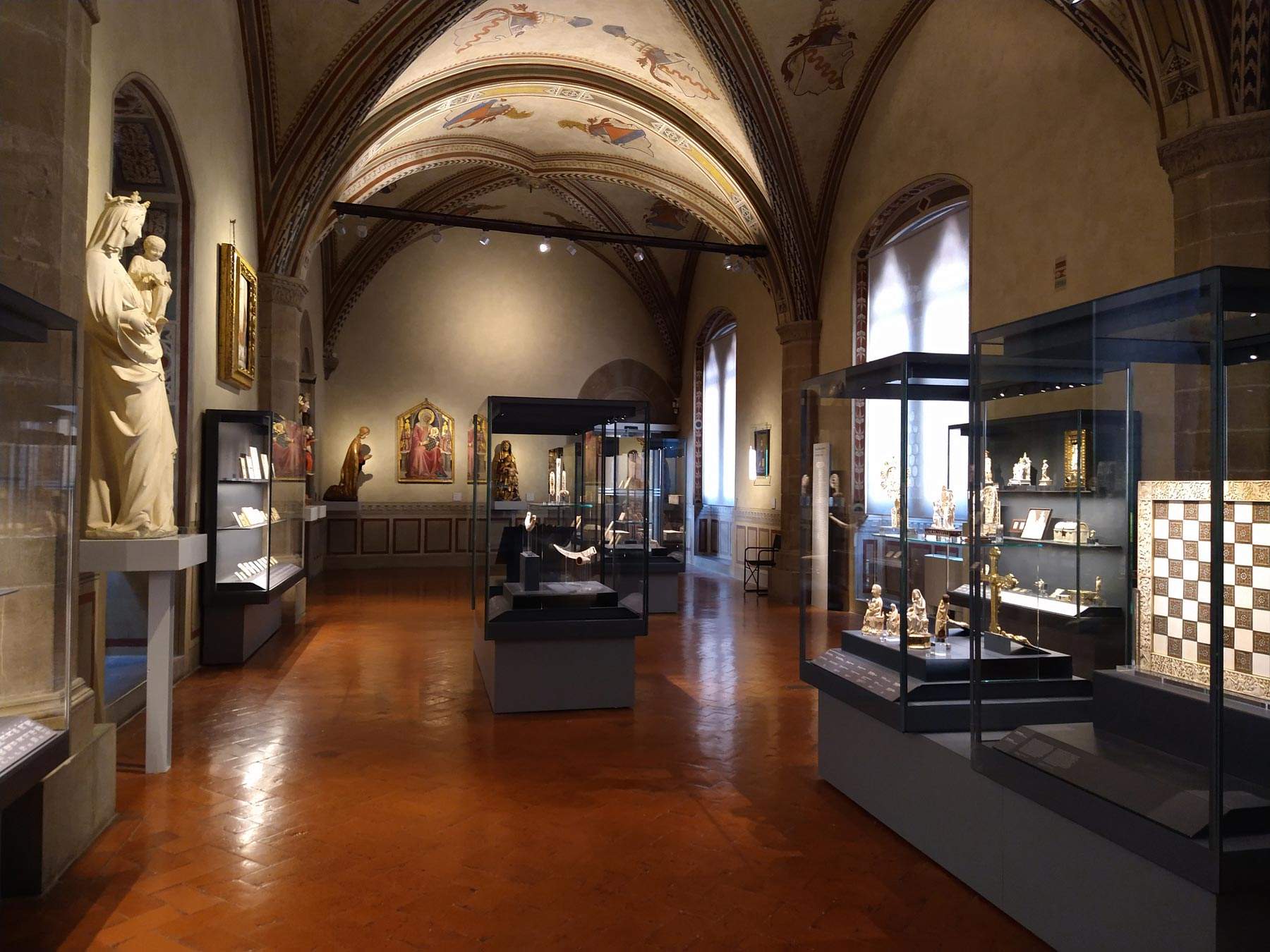
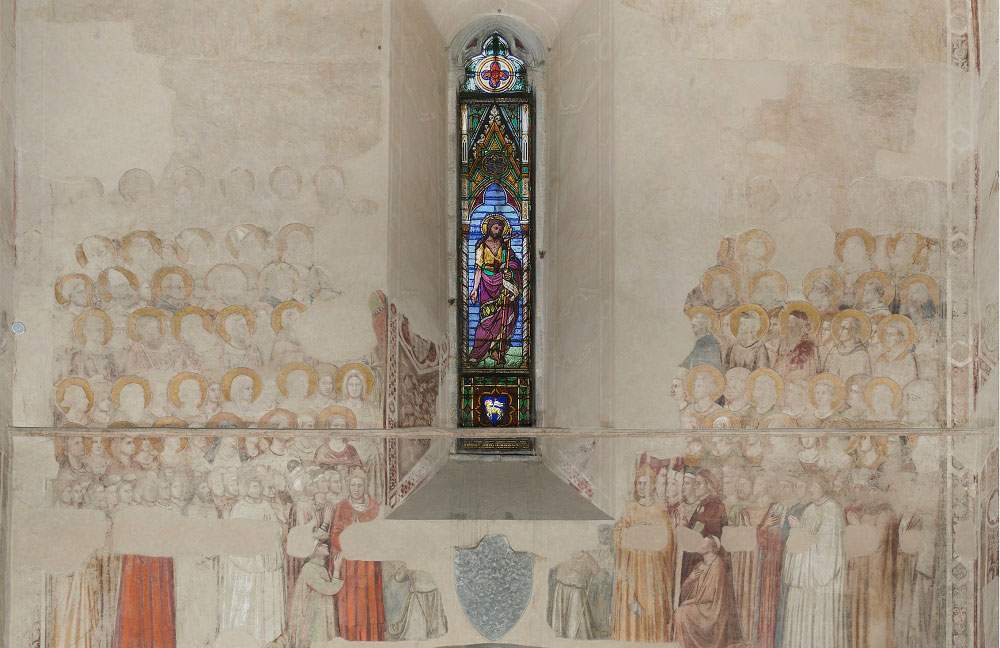 The
The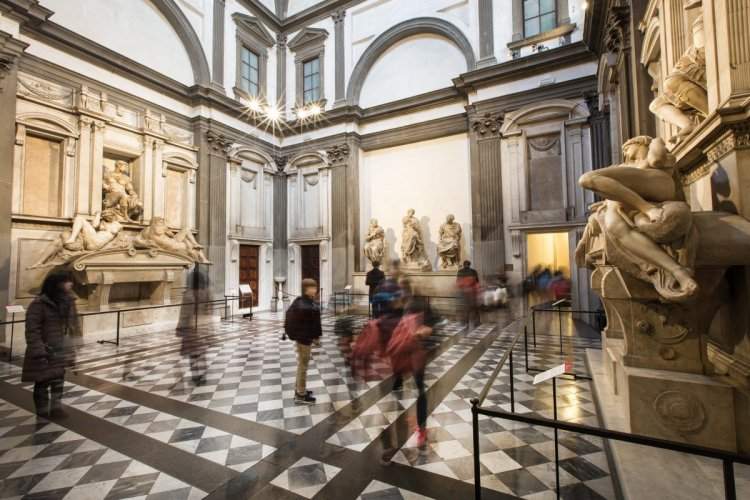 The
TheChapter protection: to whom does it belong? To the Museums or to the Superintendence? In Sicily, where the corporatist model applied to cultural institutions was introduced earlier than in the state, back in 2000, it is expected that the Superintendent will chair the Committee. Do you consider this an alternative “formula” or do you think it could fuel conflicts between Superintendent and Director?
The protection of the collections of autonomous museums is entrusted to the Directors and art historians and technical officers of related offices, as well as the maintenance and protection of historic monumental buildings. As for the Major Cultural Heritage Projects of the Bargello Museums, some steps have to be agreed upon with the Superintendence, with whom we have fruitful relations. I want to recall that, thanks to the then Superintendent Andrea Pessina, in 2019 we were able to exercise the right of first refusal by DGABAP (Direzione Generale Belle Arti e Paesaggio) to purchase the former church of San Procolo, which has been earmarked for the Bargello National Museum to expand its exhibition spaces. The complex restoration of the building is proceeding with close collaboration between us and the Superintendence, currently headed by Antonella Ranaldi.
Highly topical issue, free museums. Gabriele Finaldi, who directed it until last August, said “free admission is in the DNA of the National Gallery” (of London). Genetics teaches that DNA can mutate, Do you think this is a model that can be imported to Italy, with the necessary adaptations? Is it conceivable to totally give up the resources produced by entrance fees?
Gabriele Finaldi, whom I have known since 1997, is one of the scholars and directors I respect most and is doing an outstanding job at the National Gallery in London. However, I believe that free admission is not applicable in Italy, where we have a widespread heritage that needs to be protected, but also made known and enhanced. Instead, I think we need to strengthen the relationship with private individuals and facilitate more tax deductions, which are already possible with the Art Bonus. The Ministry of Culture in recent years has done a lot to encourage younger people to visit museums: up to age 18 museums are free, but few people know that from age 18 to 25 spending a day in one of Italy’s State Museums costs less than a coffee and cappuccino.
Are there moments of exchange, such as technical tables convened with some regularity, among you autonomous directors to compare different experiences? Replicate successful ones or solve common problems? Or has a competitive spirit prevailed? Doesn’t the most immediate (but also the most trivial) comparison of visitor numbers create some performance anxiety?
We don’t have technical tables, but with some colleagues we compare regularly. The number of visitors is an indicator, but it cannot be a yardstick, especially since in some contexts even visitors have a much higher value than the thousands of visitors in major art cities
In summary, what is your assessment of the autonomist experience? If you had to quantify it in a grade from 0 to 10?
I would say 9. The reform of museums has had very positive effects, but for it to have a long duration, it is essential to proceed with the hiring of the necessary staff and expand the professional profiles, which are indispensable, to the proper protection, administration, communication and enhancement of these extraordinary assets.
When does your contract end? What plans do you have? Will you participate in the new competitions?
My contract ends on November 30, 2023, and I will participate in the new competitions.
Warning: the translation into English of the original Italian article was created using automatic tools. We undertake to review all articles, but we do not guarantee the total absence of inaccuracies in the translation due to the program. You can find the original by clicking on the ITA button. If you find any mistake,please contact us.